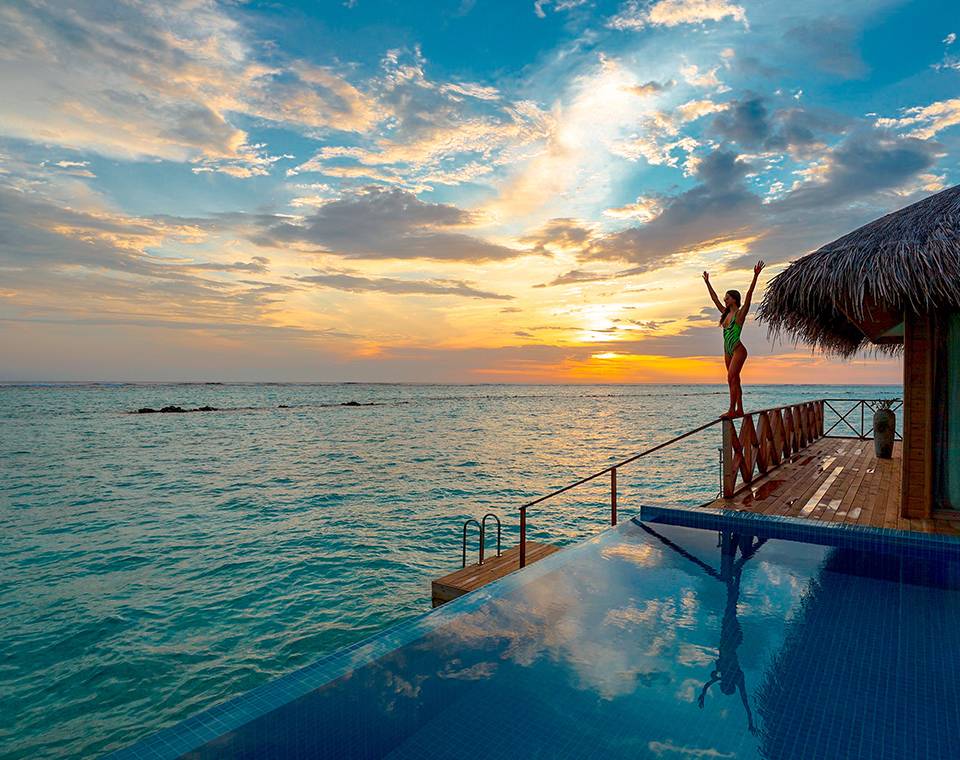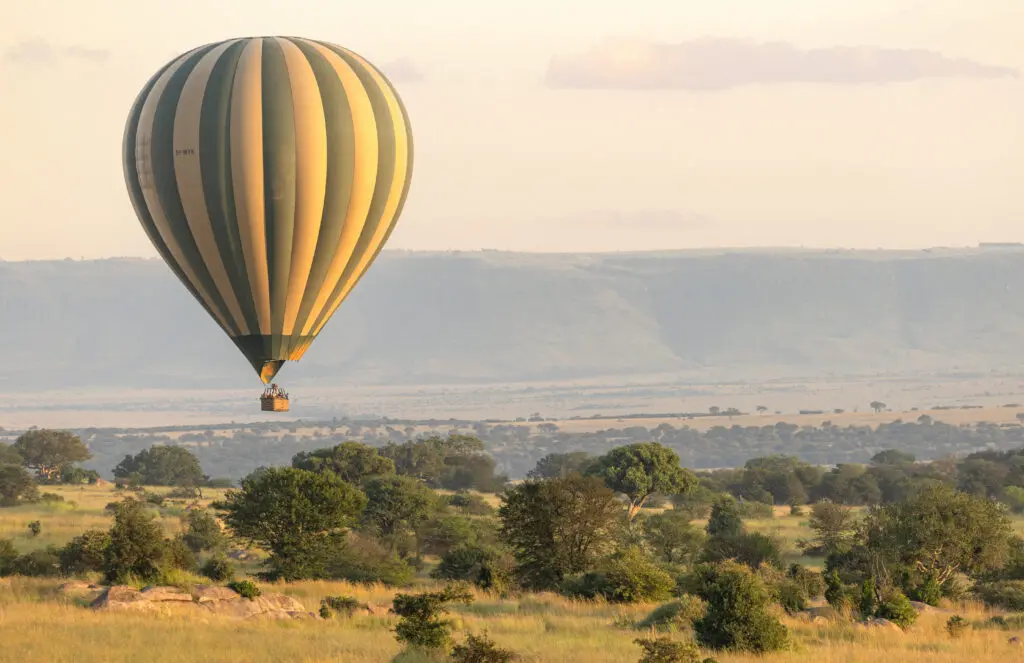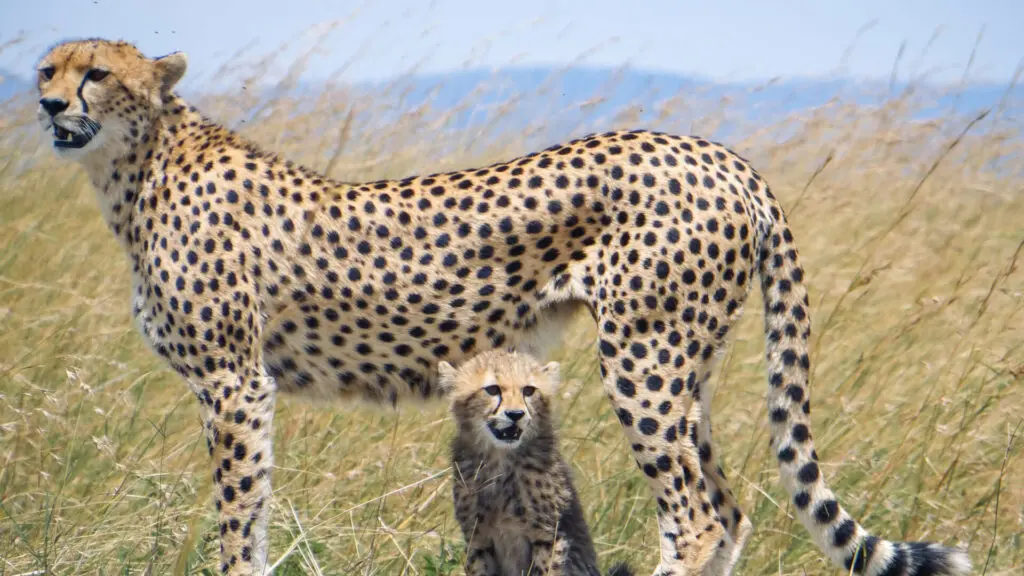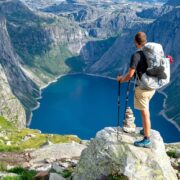
Africa’s Hidden Safari Gems: Where to Go on Your Second Journey
The vast African wilderness has already captured your heart once. You may have witnessed the thunderous wildebeest migration, tracked the Big 5, or felt the profound connection that only an African safari can provide. But now you’re ready for something deeper – a second Africa safari experience that goes beyond the iconic moments to reveal the continent’s most guarded secrets.

Why a Second Safari is Worth It
Your first safari opened the door to Africa’s wildlife theatre, but a return visit unlocks the hidden backstage areas where the real magic happens. Second-time safari planning enables you to venture into remote African wildlife destinations that would have been overwhelming for a first-time visitor. You’re no longer distracted by the novelty of seeing elephants or lions for the first time. Instead, you can appreciate the subtle behaviours, seasonal patterns, and intricate ecosystems that make East Africa’s wilderness truly extraordinary.
Returning safari-goers discover exclusive safari camps and lodges in areas where wildlife encounters are more intimate and authentic.
How a Second Safari Differs from the First
While your inaugural safari likely focused on ticking off the Big 5, your second journey should be about depth over breadth. Best safaris for repeat visitors emphasise specialised experiences: walking with guides in Africa through areas where you can track animals on foot, spending time in predator-rich wilderness zones where hunting behaviours unfold naturally, and exploring conservation-first safari camps where your visit directly contributes to wildlife protection.
This time, you’re not just a tourist – you’re a wildlife enthusiast seeking niche wildlife experiences Africa offers to those willing to venture beyond the well-trodden paths. Cultural immersion becomes more meaningful, photography more sophisticated, and your understanding of conservation more nuanced.

Best East Africa Safari Regions for Repeat Visitors
Northern Serengeti & Migration
The northern Serengeti undergoes a dramatic transformation depending on when you visit. Return travel ideas often centre around experiencing different phases of the Great Migration – perhaps the dramatic river crossings you missed on your first trip, or the quieter calving season when thousands of wildebeest give birth within days of each other.
Southern Tanzania: Ruaha & Nyerere
These hidden African safari circuits offer some of the continent’s most pristine wilderness experiences. Ruaha National Park provides exceptional predator viewing, particularly during the dry season when animals concentrate along the Great Ruaha River. Wild dog sightings are among Africa’s best here, and the park’s remoteness means you’ll often have wildlife encounters entirely to yourself. Nyerere National Park (formerly part of Selous) offers boat safaris along the Rufiji River – a completely different perspective on African wildlife.

Tarangire National Park
Beyond its famous baobab trees and herds of elephants, Tarangire reveals its secrets to patient observers. During the dry season, the park becomes a magnet for wildlife, boasting some of East Africa’s highest concentrations of elephants. The Silale Swamps provide year-round water that attracts rare species often overlooked in other parks.
Kenya’s Laikipia & Ol Pejeta Conservancy
These conservancies represent the future of African conservation, where immersive cultural safari journeys blend with cutting-edge wildlife protection. Laikipia’s unique ecosystem supports species rarely seen elsewhere, including Grevy’s zebras and African wild dogs. Ol Pejeta Conservancy offers the chance to meet the world’s last northern white rhinos, making it a pilgrimage site for serious wildlife enthusiasts.

Maasai Mara Private Conservancies
While the Maasai Mara Reserve can be crowded, the private conservancies offer exclusive access to pristine wilderness. Multi-country safari combinations often include extended stays in conservancies like Ol Kinyei or Naboisho, where night drives and walking safaris reveal the Mara’s nocturnal secrets.
Best Times to Go on a Return Safari
Strategic timing becomes crucial for top safari experiences in Africa on your second visit. Consider travelling during shoulder seasons when tourist numbers are lower but wildlife activity remains exceptional. The short rains in November can provide dramatic skies and excellent photography conditions, while the period just before the main rains offers some of the year’s best predator action as prey animals concentrate around remaining water sources.
For specialised experiences, timing becomes even more critical. Wild dog denning season in Ruaha (May to August), the calving season in the southern Serengeti (January to March), or the rutting season for various antelope species each offer unique behavioural observations unavailable at other times.
Elevated Safari Activities for Seasoned Travellers
Your second safari should include activities that were too advanced or overwhelming during your first visit. Night drives reveal Africa’s nocturnal predators and the complex ecosystem that emerges after dark. Cultural encounters with local communities provide context for conservation efforts and traditional relationships with wildlife.
Photographic safaris for enthusiasts take on a new meaning when you’re not frantically trying to photograph everything. Instead, you can focus on specific behaviours, dramatic lighting, or creating artistic interpretations of familiar subjects. Specialised photography vehicles and extended time with individual animals or prides become possible.
Balloon safaris offer aerial perspectives that completely transform your understanding of ecosystem relationships.

10-14 Day Itinerary Ideas
Multi-country safari combinations work exceptionally well for return visitors who can handle more complex logistics and longer travel days. A two-week journey might combine the remote camps of northern Tanzania with Kenya’s conservancies, or blend Tanzania’s southern circuit with northern destinations.
Consider itineraries that pair mobile camps with permanent lodges, allowing you to experience both the adventure of following wildlife movements and the comfort of established locations with specialised facilities, such as research centres.
Pro Safari Strategies for Experienced Travellers
Choosing Lesser-Known Airstrips and Fly-In Routes
Off-grid safaris become accessible when you’re comfortable with smaller aircraft and remote airstrips. These routes access camps that receive only a handful of visitors each week, providing wildlife encounters of extraordinary intimacy and authenticity.
Pairing Mobile with Permanent Camps
Mobile camps allow you to follow seasonal wildlife movements, while permanent lodges offer stability and specialised facilities. Combining both creates a safari experience that’s both adventurous and comfortable, allowing you to follow wildlife patterns while maintaining high service standards.
Timing for Rare Events
Advanced safari planning involves aligning your visit with rare natural phenomena, such as wild dog denning seasons, specific bird migrations, flowering seasons that attract particular species, or predator behaviours tied to prey animal life cycles.
Layering Specialist Experiences
Walking safaris with armed rangers, time spent with conservation researchers, photography workshops led by professional guides, or cultural programs with local communities add educational depth, transforming observation into understanding.
Smart Packing for Multi-Region Safaris
Second-time safari planning requires understanding of significant climate variations between regions. Ruaha’s dry season temperatures contrast sharply with Laikipia’s cooler highlands, requiring versatile packing strategies that account for early morning game drives, midday heat, and evening activities.
Travel with Purpose – Conservation & Community Impact

Return visitors often develop deeper connections to conservation efforts, making conservation-first safari camps particularly appealing. Your second safari provides opportunities to understand how tourism directly supports wildlife protection and community development. Many camps offer behind-the-scenes access to conservation projects, research programs, and community initiatives that weren’t part of your first safari experience.
Engaging in conservation work adds profound meaning to wildlife encounters, transforming your journey from a vacation to a meaningful contribution. Whether supporting anti-poaching efforts or participating in research data collection, your return visit can create a lasting positive impact.
Plan Your Next-Level Safari
Your second African safari represents an evolution from tourist to wildlife enthusiast, from observer to participant in conservation efforts. The continent’s hidden gems await those ready to venture beyond the familiar, to seek deeper connections with Africa’s wilderness and communities.
Ready to design your next-level safari experience? Our safari experts understand the unique needs of returning travellers and can craft itineraries that reveal Africa’s most carefully guarded secrets. From remote African wildlife destinations to exclusive safari camps and lodges, we’ll help you discover the Africa that exists beyond the guidebooks.
Consult with a safari expert today to begin planning your advanced African adventure.
Recent Posts
Top Safari Activity Alternatives to Game Drives
The Cradle of Mankind: East Africa’s rich history
Africa’s Hidden Safari Gems: Where to Go on Your Second Journey
All Categories

Thailand





